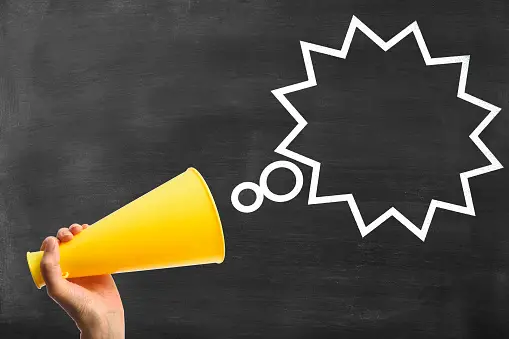Implementing the “WOW Effect” in marketing can be seen as a powerful strategy to captivate the audience, foster brand loyalty, and set a business apart from its competitors. This concept involves creating moments that surprise and delight customers in unexpected ways, leaving a lasting impression that positively influences their perception and interaction with a brand. The question of whether achieving the WOW Effect is expensive to implement is nuanced, involving several layers of consideration including the scale, creativity, industry standards, and the target audience’s expectations.
Understanding the WOW Effect in Marketing
Before diving into the costs, it’s crucial to understand what the WOW Effect entails. It’s about exceeding customer expectations through innovative service, unique product features, memorable marketing campaigns, or exceptional customer service. This doesn’t always require grand gestures; sometimes, the most subtle and thoughtful acts can create the most significant impact.
Factors Influencing Cost
1. Scale and Scope
The scale and scope of the initiative significantly influence the cost. A nationwide marketing campaign employing cutting-edge technology, celebrity endorsements, and prime advertising slots will undoubtedly require a hefty budget. In contrast, local or niche market efforts focusing on personalized experiences or community engagement might require far less financial outlay.
2. Creativity Over Budget
Creativity plays a pivotal role in executing the WOW Effect without necessitating a large budget. Brands often leverage social media, guerrilla marketing tactics, or user-generated content to create buzzworthy moments. These approaches can be cost-effective, relying more on originality and innovation than on financial resources.
3. Industry Standards
The industry within which a business operates also affects the cost. For example, in luxury goods or high-tech industries, customers might have higher expectations, necessitating more substantial investments to truly “wow” them. Conversely, in more traditional or service-oriented sectors, personalized attention and exceptional service can achieve the WOW Effect without a significant financial investment.
4. Technology and Digital Innovations
Incorporating the latest technologies, such as AR/VR, AI, and IoT, can create unparalleled customer experiences. While these technologies can be expensive to implement initially, they offer the potential for scalable interactions that can amaze a broad audience over time, potentially offering a good return on investment.
5. Target Audience
Understanding the target audience is crucial. Younger demographics might be more impressed by digital innovation and social media engagements, whereas older customers might value quality service and personal attention more. Tailoring the WOW Effect to the audience can help manage costs effectively by focusing on what truly matters to them.
Case Studies
- Zappos: Known for its customer service, Zappos has often surprised customers with free upgrades to overnight shipping and personal thank you notes, creating loyal customers at a relatively low cost.
- Coca-Cola: Their “Share a Coke” campaign, which personalized bottles with names, was a simple yet effective way to create a personal connection with consumers, demonstrating that a WOW Effect doesn’t always require a massive budget.
Conclusion
The cost of implementing the WOW Effect in marketing varies widely based on factors like scale, creativity, industry, technology, and audience. While larger, more technology-driven efforts can be costly, many successful campaigns have been built on innovative ideas rather than huge budgets. Ultimately, the WOW Effect is about exceeding expectations and creating memorable experiences, which can often be achieved through thoughtful, customer-centric strategies that don’t necessarily require breaking the bank. Engaging with your audience in an authentic and creative manner can lead to memorable experiences that foster loyalty and advocacy, proving that the WOW Effect is not exclusively the domain of high-budget marketing.
click here to visit website

